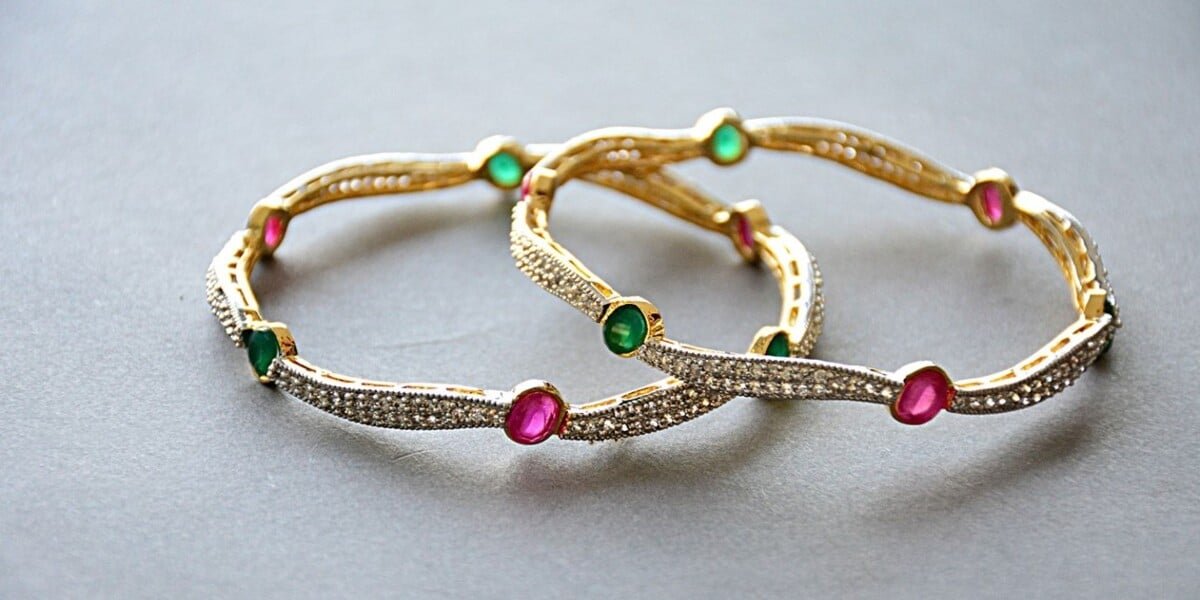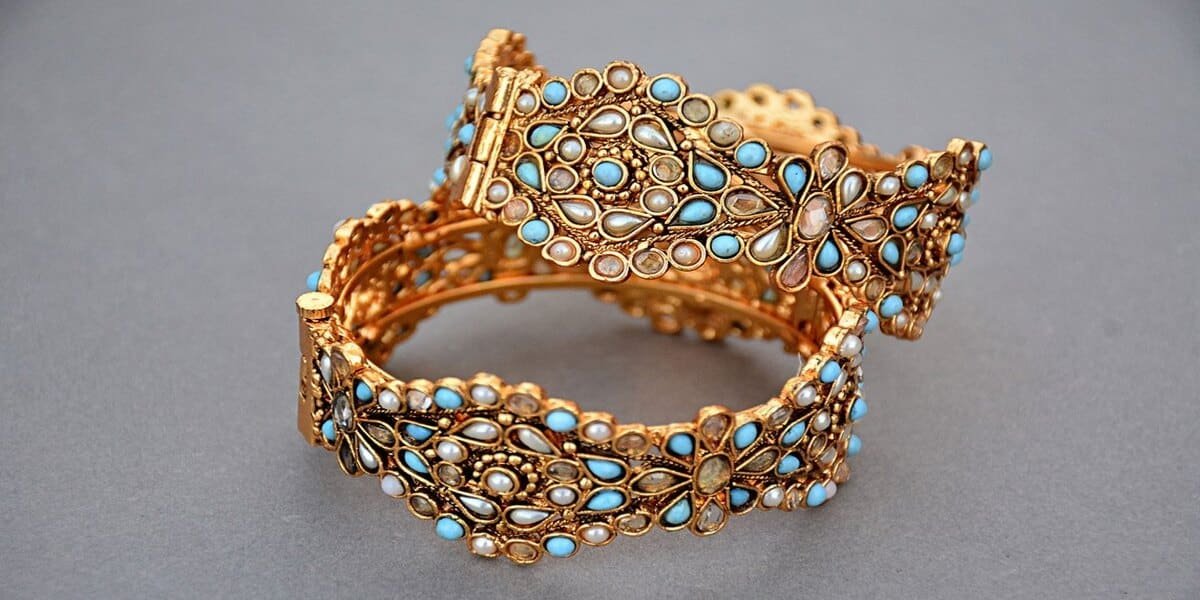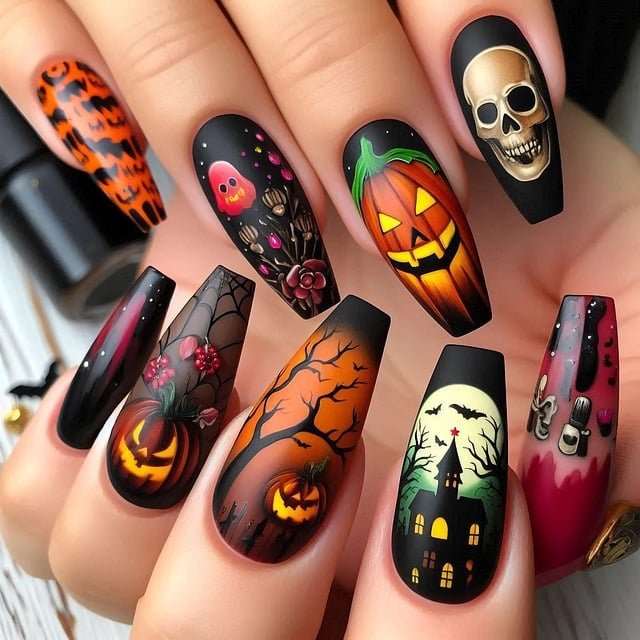Old jewelry is a captivating world that goes back generations — centuries really, and spans a variety of artistic and craftsmanship eras. Hence, the article explores the features, types, and importance of antique jewelry.
What are the defining features of Antique Jewelry?
- Age: Jewelry must be a hundred years old or older to be considered an antique. The age requirement is what sets it apart from vintage, which usually includes younger items.
- Craftsmanship: The expertise and workmanship that go into antique jewelry is unparalleled. Artisans followed traditional processes and tended to hand-finish designs, and these complex designs often survived through time.
- Materials: Typical materials are precious metals like gold and silver and stones like diamonds, emeralds, rubies, and sapphires. We can see the aesthetic of a different time period through the types of materials used.
- Design Styles: Each historical period has distinct design motifs. For instance:
- Georgian (1714-1830): Characterized by nature-inspired designs using intricate metalwork and gemstones.
- Victorian (1837-1901): Ranged from romantic motifs to darker themes reflecting societal changes.
- Art Nouveau (1890-1910): Featured organic forms and flowing lines, often incorporating enamel and semi-precious stones.
- Art Deco (1920s-1930s): Known for geometric shapes and bold colors, reflecting the modernist movement.

The Allure of Antique Costume Jewelry
Costume jewelry — sometimes called “faux” or “imitation” jewelry — became fashionable in the late 19th and early 20th centuries. It was intended to resemble fine jewelry but was constructed of cheaper materials. Key points include:
- Affordability: Costume jewelry made fashionable accessories accessible to individuals who could not afford authentic gemstones.
- Different Styles: These tend to be pieces that are designed to emulate the lavish styles from different ranges of history and are usually more suited to the average person.
- High Demand: Antique costume jewelry is popular among collectors for its uniqueness and historical significance.
Identifying Old Jewelry
There are a few factors when assessing the age and authenticity of old jewelry:
- Examine the Style: The style can often tell you the time period in which it was produced. Researching certain design elements may offer clues about where they came from.
- Maker’s Marks: Though many early pieces may remain unsigned, many will carry makers’ marks traceable to specific artisans or manufacturers.
- Examine the material: Analyzing the materials may provide clues to the period. For example, certain types of gemstones or alloys were more common at certain times.
- Condition and Construction: Quality of craftsmanship can tell you a lot about the age of the piece. Antique jewelry also tends to feature a level of details that is less often found in mass-market modern objects.

Conclusion
Antique jewelry is a visual art form yet it provides a connection to the past. From a breathtaking Victorian work of art to a truly lustrous example of Art Deco, each piece has its own history to share. The general public loves antique fine jewelry and antique costume jewelry, their unique beauty, and the overall cultural significance they embody. A good understanding of what makes these pieces tick is the only way to ever understand the artistry that underpins them.
Before you go, read our Vintage costume jewelry guide. And follow us on Facebook and Instagram for more useful advice on fashion.
Sources:
- https://easttownejewelers.com/complete-antique-jewelry-identification-guide/
- https://www.thenaturalsapphirecompany.com/education/jewelry-styles-and-periods/antique-jewelry-an-overview/
All images from pixabay.com



